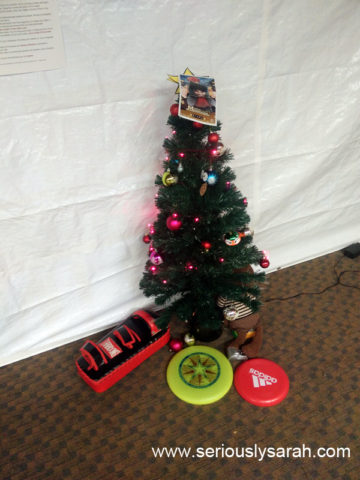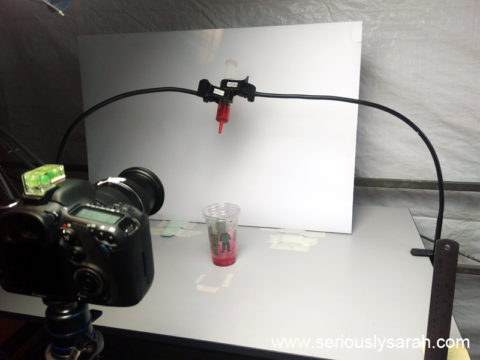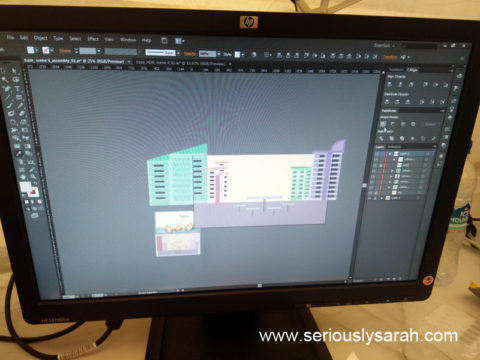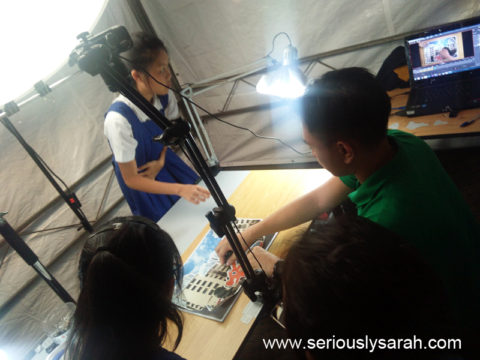Yes, that’s mystic messenger on the Christmas tree. Which has passed. Before the year is over, let me tell you about the animation techniques used in N.E.mation! 11.
Or at least the techniques used by my teams!
We all know it is a daunting task for all of them to finish a production in just three weeks but do you guys know why?
One second is usually 25 frames which means 25 ‘pictures’. Sometimes 24. But let’s just take 25 because that’s the standard video file frames.
So ONE minute is around… 1500 frames?!
How do they do it?
Well, for one, sometimes it takes 4 frames for one ‘picture’ so thank goodness for that because you can’t have the character moving around ALL the time, that will look weird. It’s all timing and calculation but ok, what DID my teams do?
This is a very interesting technique. I had not seen it in previous rounds of N.E.mation before.
It’s basically drawing the outline with WATER and THEN having red watercolour drip all over it. Something like batik but on paper and done on camera.
All these were just practice papers and takes a lot of accuracy to just get the tiny details.
This is legitly waterbending. Guiding the red watercolour to follow the transparent water colour and then capturing it on camera.
And remember… how many frames they need to finish a production.
This one is one of the ‘simplest’ techniques of animation when you’ve considered all the other stuff to go through.
Everything is fully done on the computer.
Drawing all assets like buildings, props and characters on individual layers and then making them ‘move’. This is 2d animating.
The only thing scary for this is if you don’t draw the things accurately and if your computer dies halfway.
If I was in a competition, I’d stick to this because it is the least scary although still intensive.
What if you aren’t making ‘new characters’ and are trying for something more realistic?
There’s ROTOSCOPING.
It’s 2d and in other words, it’s copying a video as a reference and drawing over it.
Sometimes rotoscoping has a more organic feel to it because the actions are ‘real’.
Tedious like heck though and you have to imagine parts and lighting for the parts that aren’t in the reference video.
Lastly, there’s stop motion.
One picture for a few frames and then you move something and record it and continue on.
Move something accidentally and you have to restart or scream if you have to redo a scene.
I find this nerve wrecking because it depends on constant light, positioning and hoping to heck that all your materials have at least a few copies in case you mess it up and have to redo.
The effect though is lovely JUST THAT SO MUCH TIMMEEEEEEE.
There you go.
This is what my teams had to go through, to make their productions which you shall all see next year! So, so much work.
Don’t forget to check out the teams in my previous posts!





